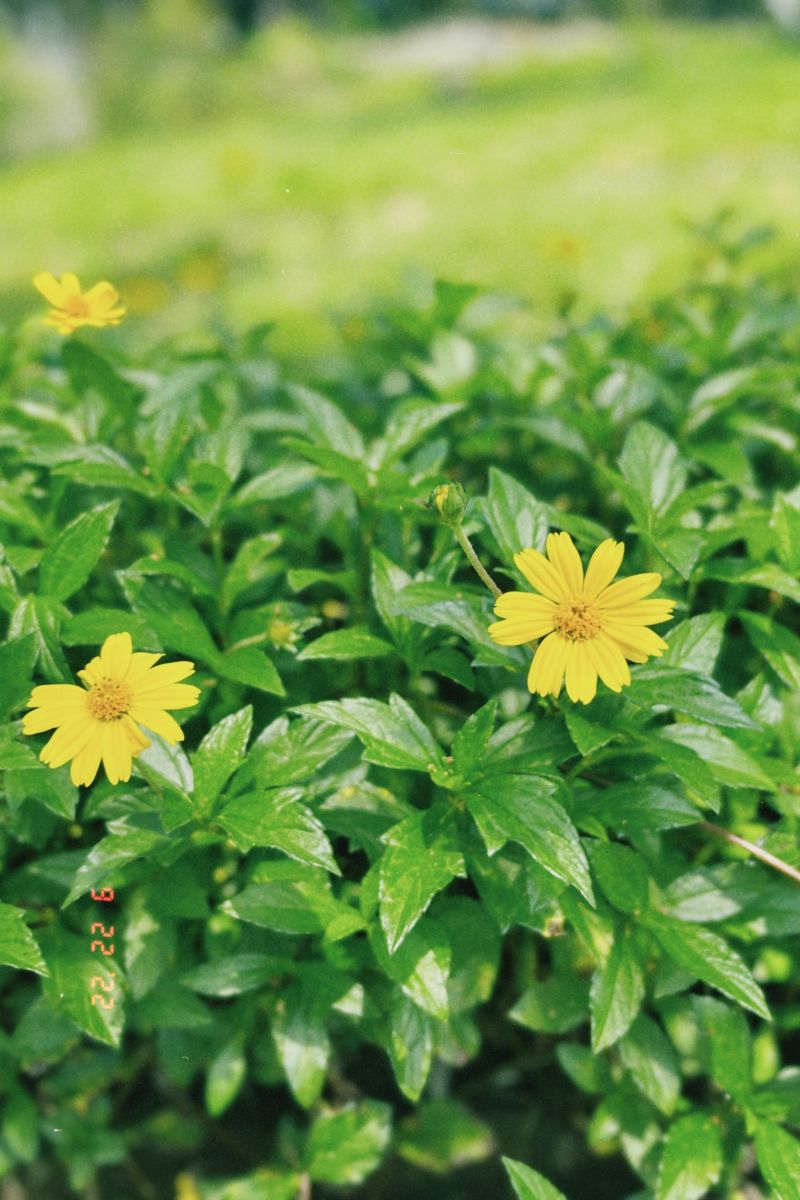Essential Mulching Tips for a Summer-Ready Garden
we understand the importance of optimizing your gardening practices to achieve stunning results. In this article, we will delve into the world of mulching, uncovering its benefits, and providing you with valuable insights to outrank other websites and enhance your gardening prowess.

Understanding the Power of Mulching
Mulching is a fundamental practice that involves covering the soil around your plants with a protective layer of organic or inorganic material. This technique offers numerous advantages, ranging from moisture retention and weed suppression to temperature regulation and soil improvement.
Moisture Retention for Healthy Plants
One of the key benefits of mulching is its ability to retain moisture in the soil. By creating a barrier between the soil and the atmosphere, mulch helps reduce evaporation, ensuring your plants have a steady supply of water during hot summer days. This is especially crucial in regions experiencing dry spells or areas with limited water availability.
Weed Suppression for a Neat Garden
Weeds can quickly overtake a garden and compete with your beloved plants for essential nutrients and resources. Mulching acts as a natural weed suppressant by inhibiting weed seed germination and growth. The layer of mulch prevents sunlight from reaching the weed seeds, effectively reducing their chances of sprouting and establishing themselves in your garden.
Temperature Regulation for Optimal Growth
Extreme temperature fluctuations can negatively impact plant growth and development. Mulching provides insulation, protecting the soil and plant roots from excessive heat during scorching summer days and insulating them from cold spells during the night. This temperature moderation helps create an ideal environment for your plants to thrive.
Soil Improvement for Nutrient-Rich Gardens
Mulch serves as a valuable source of organic matter that gradually decomposes, enriching the soil with essential nutrients. As the mulch breaks down over time, it improves soil structure, increases microbial activity, and enhances nutrient availability for your plants. This natural process fosters healthy root development and overall plant vigor.
Choosing the Right Mulch
Selecting the appropriate mulch is crucial to maximize its benefits and ensure a visually appealing garden. Let's explore some popular options:
Organic Mulches
- Wood Chips: Derived from various tree species, wood chips are a common organic mulch choice. They provide excellent moisture retention, weed suppression, and gradual nutrient release as they decompose.
- Straw: Often used in vegetable gardens, straw offers good insulation, weed control, and moisture retention properties. It also adds a rustic aesthetic appeal to your garden.
- Grass Clippings: A readily available option, grass clippings can be used as mulch to prevent weed growth and enhance moisture retention. However, ensure they are free of herbicides and pesticides.
Inorganic Mulches
- Gravel or Pebbles: Ideal for arid climates, gravel or pebble mulch allows excellent drainage, while also providing weed control and heat reflection.
- Landscape Fabric: This woven fabric acts as a barrier, preventing weed growth while allowing water and air to permeate the soil. It is often used in conjunction with organic mulch.
When selecting mulch, consider the specific needs of your garden, including the plant types, local climate, and aesthetic preferences. Experimenting with different mulches can help you determine the most effective choice for your particular gardening goals.
Mulching Techniques for Success
To ensure optimal results from your mulching endeavors, follow these essential techniques:
Prepare the Area
Before applying mulch, prepare the garden bed by removing weeds, rocks, and debris. Rake the soil surface to create a smooth and even base for the mulch layer.
Apply Mulch Correctly
- Depth: Apply a layer of mulch that is 2-4 inches deep. Too thin of a layer may not provide adequate weed suppression and moisture retention, while an overly thick layer can hinder water penetration and air circulation.
- Keep Mulch Away from Plant Stems: Leave a small gap around the stems of plants to prevent moisture buildup, which can lead to rot or disease.
- Mulch Maintenance: Periodically inspect your mulch layer to ensure its effectiveness. Add additional mulch as needed to maintain the desired depth.
Consider Mulching Seasonally
In regions with distinct seasons, it can be beneficial to adjust your mulching approach accordingly. Consider these guidelines:
- Spring: Apply mulch after the soil has warmed up to help regulate temperature and suppress early weed growth.
- Summer: Maintain mulch depth and monitor moisture levels to counteract the heat and promote healthy root systems.
- Autumn: Add an additional layer of mulch to insulate the soil during the colder months and prepare for winter.
Conclusion
By implementing these essential mulching tips, you are well on your way to achieving a summer-ready garden that stands out from the competition. Remember to choose the appropriate mulch, apply it correctly, and adjust your approach seasonally. The benefits of mulching extend beyond aesthetics, providing your plants with optimal growing conditions, reduced weed competition, and improved soil quality. Harness the power of mulch and create a garden that thrives throughout the summer and beyond!
